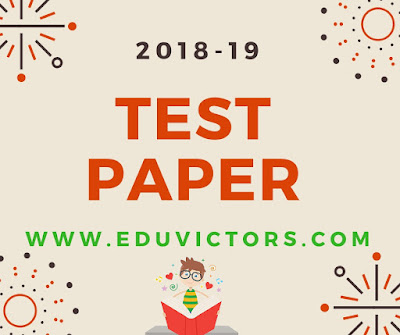Why do we fall ill? - Important Definitions
Health:
A state of being well enough to function well physically, mentally and socially.
WHO defined health as ‘a state of complete physical, mental and social well-being and not merely the absence of disease or infirmity’"
Disease:
Lack of feeling of ease or distress due to impairment of health or a condition of abnormal functioning or structural disorder.
Hygiene :
Condition and practices that help to maintain health and prevent the spread of diseases.
Symptoms:
A series of events occurring that often point to a disease or condition.
Signs:
Objective evidence of disease as identified by physicians or doctors.









